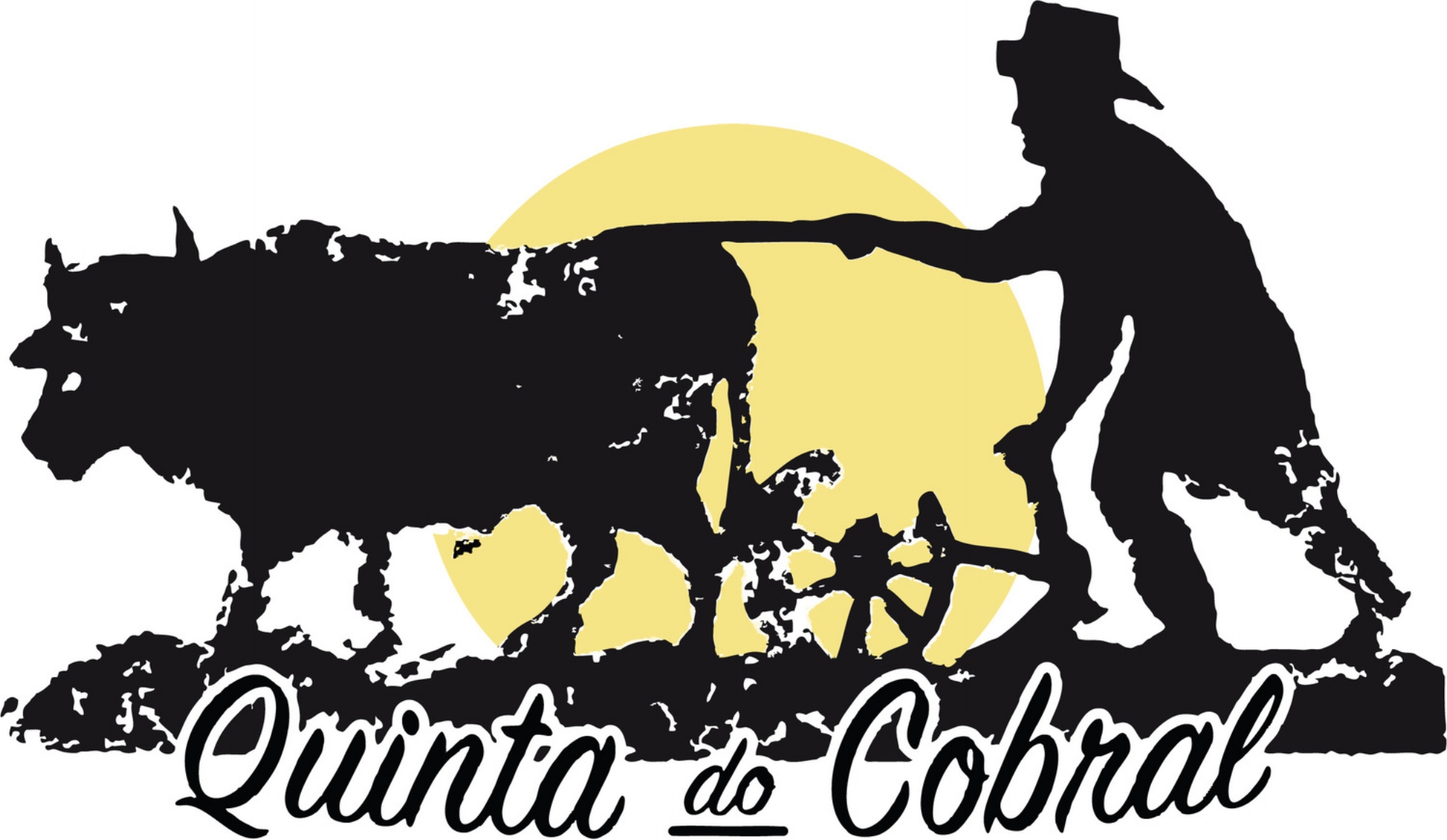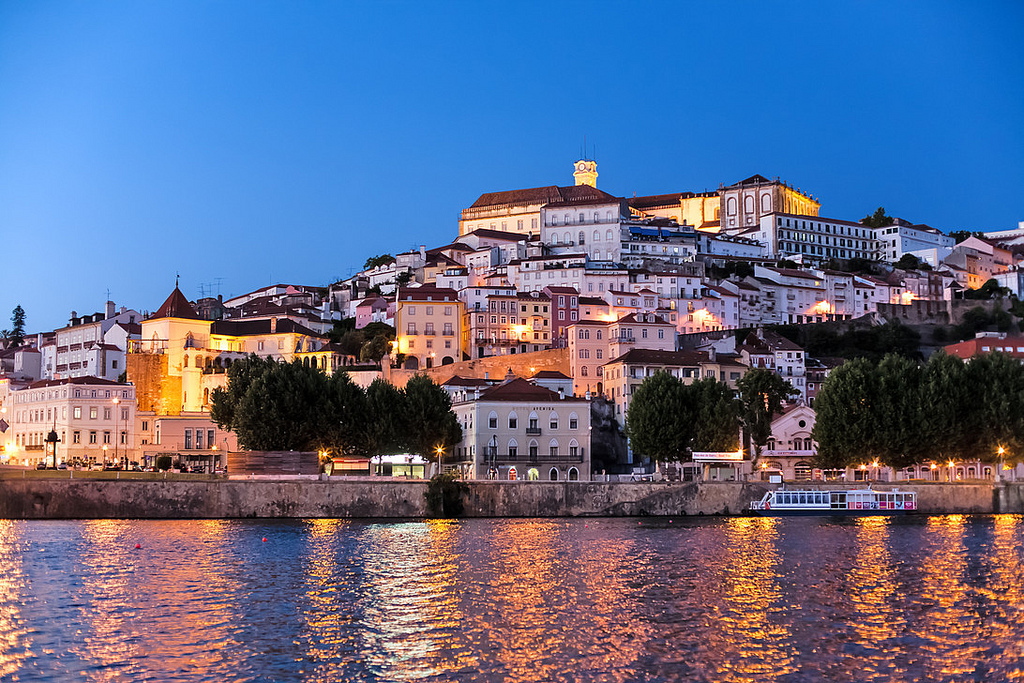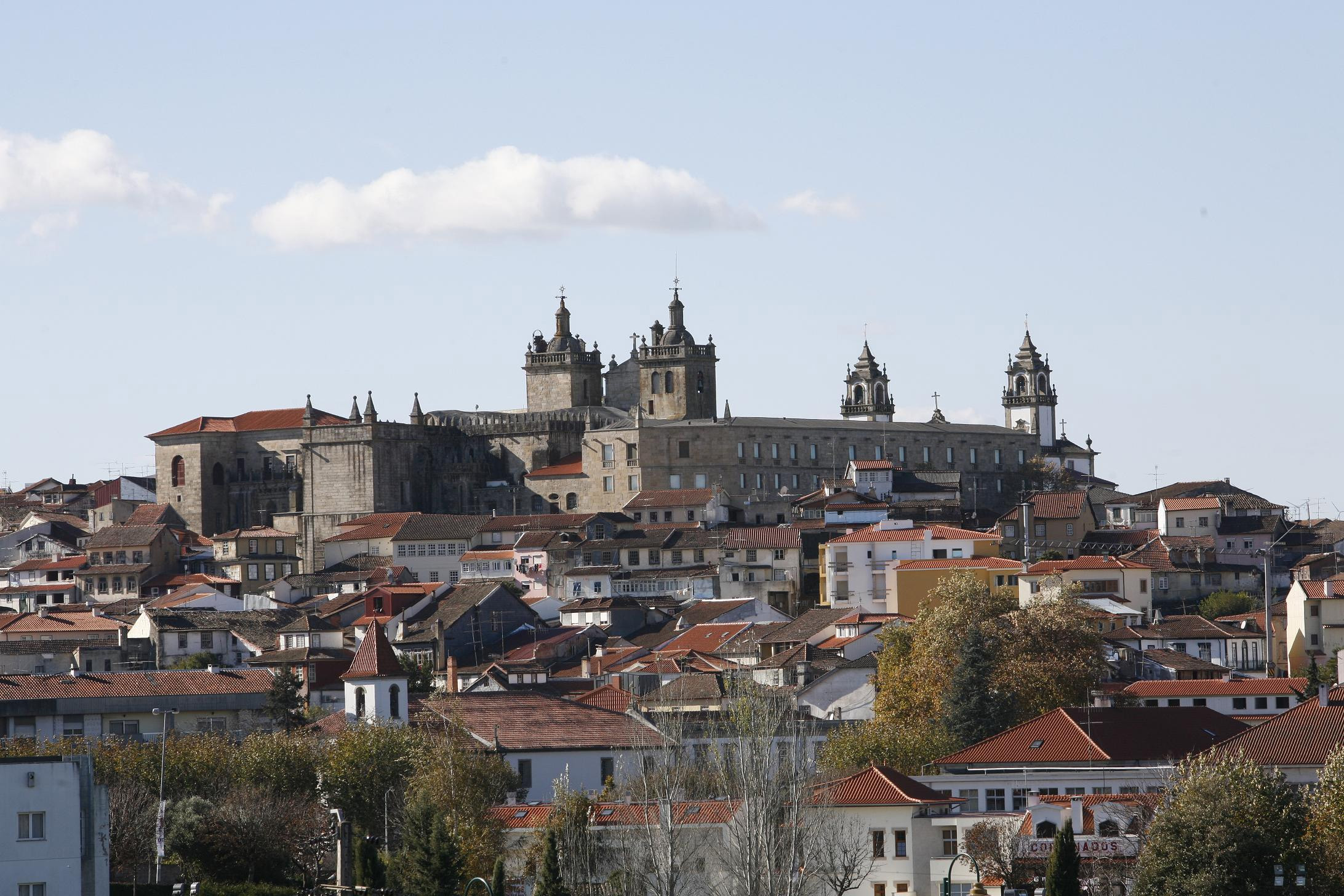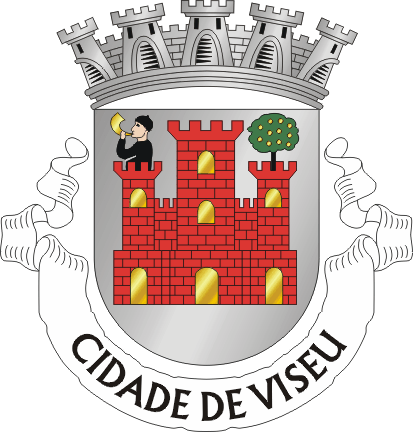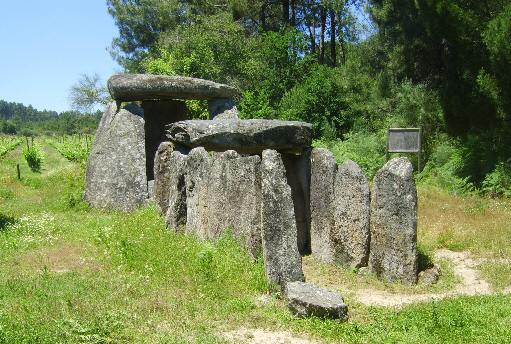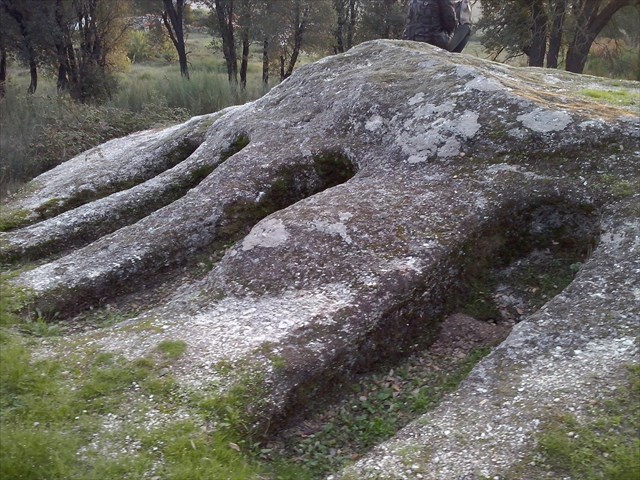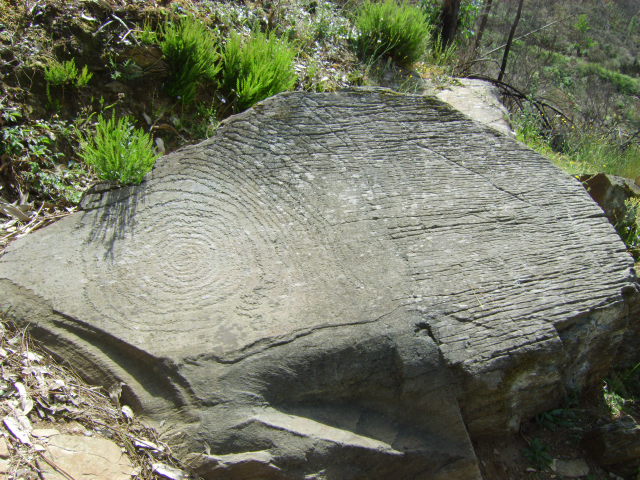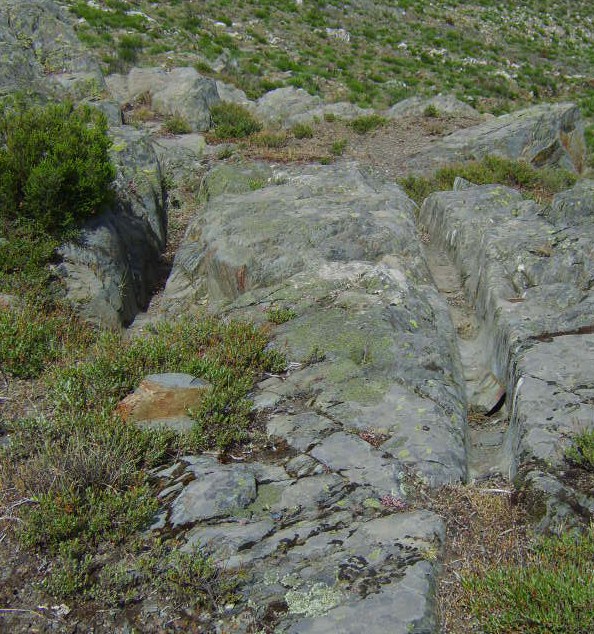Places to visit
Museums
The Olive Oil Museum - Bobadela
The Bread Museum - Seia
The Wool Museum - Covilha
The Cheese Museum - Covilha
The Toy Museum - Seia
historical cities
Three of the most lovely, vibrant and historical cities in Portugal to visit each one an easy day trip away from the Quinta - Coimbra, Aveiro and Viseu.
archiological visits from Casa da bezerra
The modern entrance to Spain from Northern-central Portugal appears to follow a similar prehistoric route, judging from the high density of prehistoric remains. One of several Neolithic concentrations in Portugal, sites are dotted along the River Mondego which follows the Serra d'estrela mountain range. Nearby this ancient and seemingly invisible route is the valley region of Piodao, near which several important prehistoric discoveries have been made such as the 'Orca' cluster. As well as having several impressive dolmens, passage-mounds and cart-ruts, this area has produced numerous prehistoric stone-carved Phallus' along riverbeds, over 50 examples of rock-art including spirals, foot-prints, and various other symbols and motifs, is gradually revealing itself to have been an important megalithic centre.
Links to further information - Orca Dolmens - Anthropomorphic Graves - Rock Art - Cart Ruts
the roman occupation
In 210BC the Romans entered the southern Iberian peninsula and quickly subdued the Mediterranean coast and the south of Spain and Portugal. In the central Iberian region they met great resistance and in 193BC the Lusitani rose up in arms. Based in central Portugal between the Tejo and the Lima rivers the Lusitani were known to the Romans as ‘Strabo’ “the most powerful of the Iberian peoples, who resisted the armies of Rome for the longest period”. Under the rebel leader Viriato, possibly born in the area of Loriga in the Serra d’Estrela, they held up the Roman advance for 50 years, only finally losing in 139BC.
Conimbriga
The best preserved Roman Ruins in Portugal. Although Conimbriga was not the largest Roman city in Portugal, it is the best preserved. The city walls are largely intact, and the mosaic floors and foundations of many houses and public buildings remain. In the baths, you can view the network of stone heating ducts beneath the now-missing floors. More information
Bobadela
Just outside Oliveira do Hospital. Roman ruins, an amphitheatre and archway, also many houses in the village show examples of re-used roman stones in their construction, sometimes using old columns and carved stone as steps, terrace props and lintels.
Examples of Roman life at our Quinta
Very close to Casa da Bezerra and spanning the River Cobral is a beautiful, single arch roman bridge. Also there are examples of old workings (mainly Mills and Olive presses but also sites showing remains of ancient water lifting equipment) all the way along the river banks.
The Roman Bridge - Pont da Pantera (Bridge of the Panther) has a very interesting story connected to it, read more here
